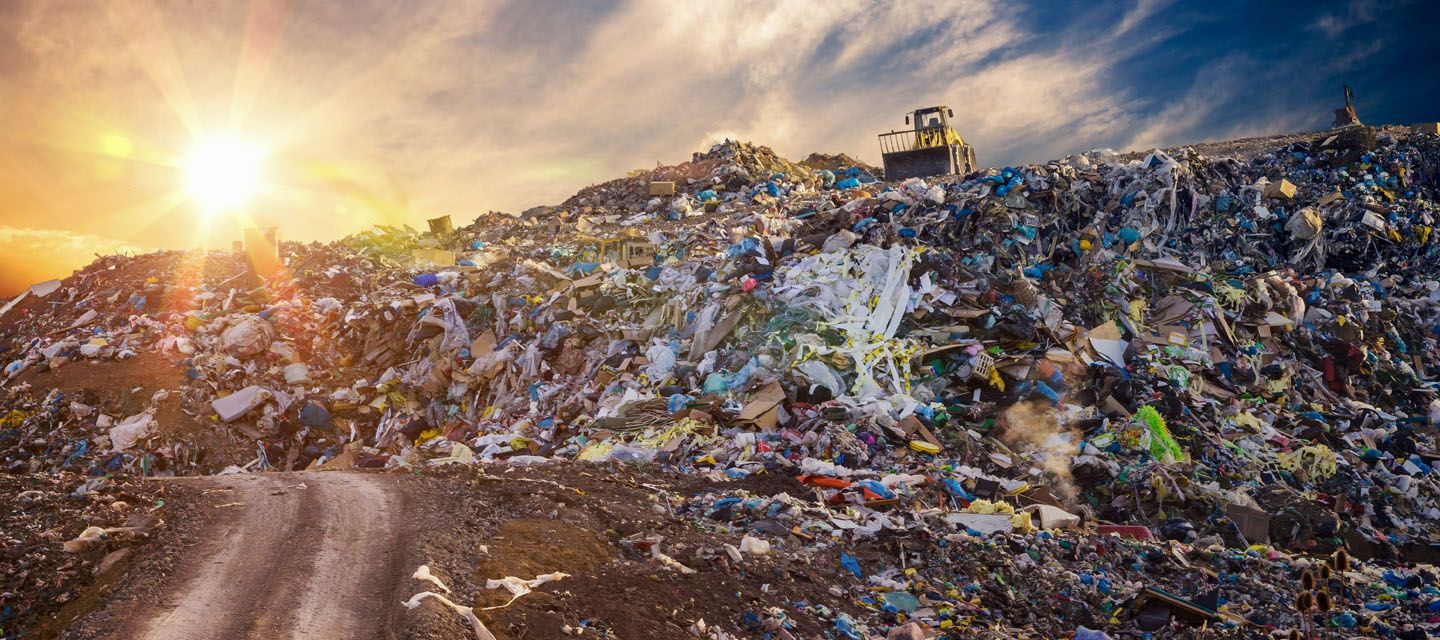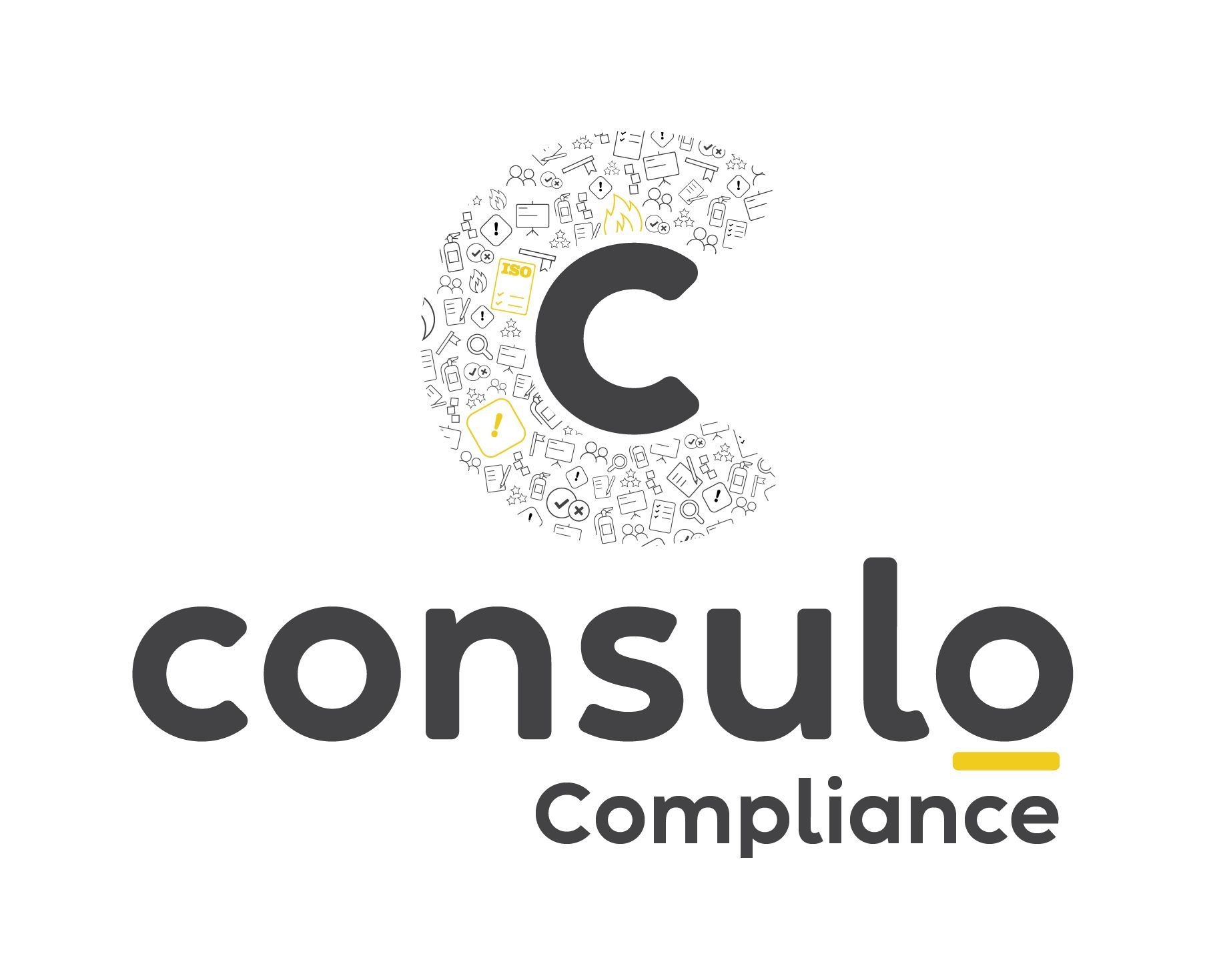Navigating Asbestos Compliance: An Engaged Workforce is a Safe Workforce
A common misconception is that having an asbestos management survey in place means you are compliant

Introduction
Addressing asbestos compliance in the workplace is not just a matter of ticking boxes; putting the risks associated with asbestos exposure aside, it's about fostering a culture where everyone is aligned with safety objectives. When individuals are informed, engaged, and invested in adhering to safety guidelines, a safer work environment naturally follows.
A common misconception is that having an asbestos management survey in place means you are compliant. Legally, you are still not compliant and true compliance requires so much more. So, how do we become truly compliant and build this safety-conscious culture? This article aims to delve into the facets of engaging everyone on board, maintaining a steady check on compliance levels, and overcoming the hurdles that may arise in managing asbestos.
The 3 Pieces of The Jigsaw You MUST Have
- Training – the cornerstone of everything. Asbestos awareness training is legally required for anyone who may come into contact with asbestos at work or who influences how work is carried out.
- Asbestos Management Plan – This is a document that details exactly how as an organisation you will manage the risk posed by asbestos. This is not something you can buy off the shelf and needs to be bespoke to you, your industry, your building/properties and your specific needs.
- Asbestos Management Survey – If your property was constructed prior to the year 2000, then you need the survey in place. The survey will enable you to manage the risks as laid out in your Management Plan
So that’s the jigsaw complete and the paperwork box ticked, but how do you integrate this into an engagement strategy that aligns the entire workforce and improves both the safety culture and overall company culture for the better?
Strategies for Engagement
Education forms the bedrock of any engagement strategy. Consistent, lively training sessions explaining the locations of asbestos containing materials, the risks they pose, and the importance of adhering to safety guidelines can be a game-changer. Enriching these sessions with interactive elements such as real-life examples, quizzes, and open-floor discussions can make the learning experience not only engaging but also memorable. A good Asbestos Awareness Trainer will do this bit for you.
Communication is the second cornerstone. Establishing clear channels where anyone can voice their safety concerns, ask questions, or even share suggestions on managing asbestos better is key for engagement. It’s about creating a dialogue-centric environment where safety becomes a common language spoken and understood by all.
The concept of safety ambassadors within different teams may seem cliché, but it is also a really effective way to ensure the communication channels remain permanently open. These individuals can be the go-to folks for anything asbestos-related, ensuring the right information circulates and safety protocols are meticulously followed. By bringing the engagement down to a personal, team level, safety becomes a daily, lived experience, not just a policy written in a handbook.
Beyond training workshops, leveraging digital platforms for continuous education and real-time reporting can also foster a culture of engagement and compliance. Providing accessible resources online and creating forums for discussion can keep the conversation on asbestos safety ongoing.
Ongoing Evaluation
Evaluation is the mirror that reflects the effectiveness of our engagement strategies. Conducting safety audits, surveys, and regular feedback sessions can provide a clear picture of where we stand on compliance and engagement. Diving into incident reports and spotting any recurring asbestos mismanagement issues can shed light on areas needing attention.
Regular review meetings with both management and employees to go over the evaluation findings and find solutions to address any identified issues not only improves compliance but also keeps the engagement vibe strong and positive. Bringing external experts into these meetings can further demonstrate your commitment to the safety of your employees as well as provide the technical back up you might require where individuals remain dubious or confused.
Overcoming Obstacles
Resistance to new safety measures, a lack of awareness, or communication hurdles are typical challenges. Addressing these proactively by creating a supportive environment where safety concerns are discussed openly is crucial. Being receptive to feedback and adapting strategies accordingly also goes a long way in smoothing the path to compliance.
Conclusion
Fundamentally, fostering engagement is the key to successful asbestos compliance. By nurturing a culture of open dialogue, continuous education, regular evaluation, and proactive problem-solving, we’re paving the way to a safer, compliant, and more harmonious workplace where navigating asbestos challenges becomes a collective endeavour, rather than a daunting task. If you can achieve this with your safety culture, this invariably cascades throughout the business in terms of general culture too resulting in a happier, more productive and more profitable environment for everyone.









